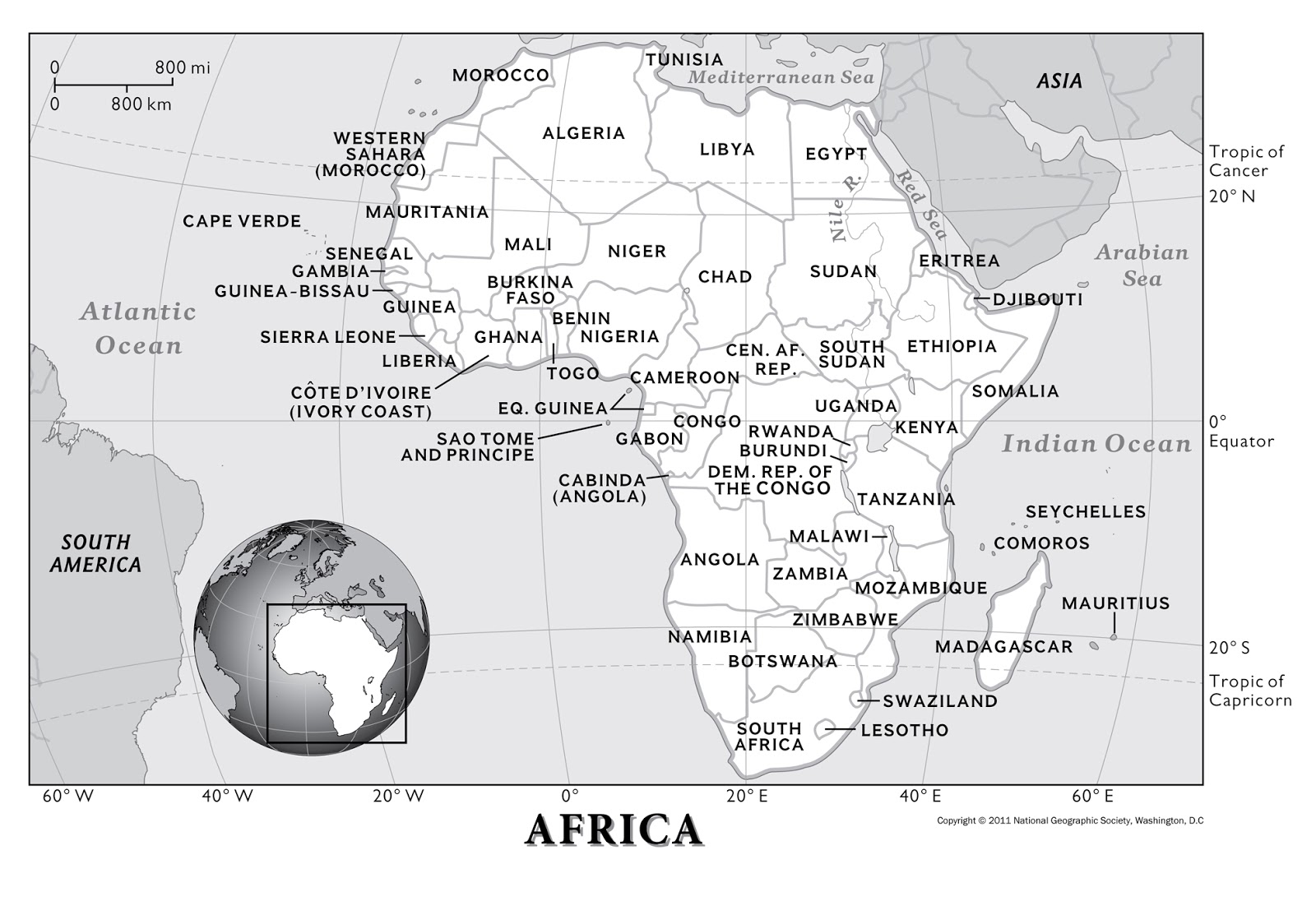The Future Growth of Cambodia Depends Upon Balanced Foreign Policy?
 |
| (Phnom Penh,Cambodia. Photo: Prime Minister Hun Sen’s Facebook) |
Cambodians have struggled to rebuild and transform the
country from the killing field to the land of hope after having gone through 2
decade long civil war. This country could fully realize peace in 1998, almost 5
years after the UN-backed and first democratic election was held, by
integrating Khmer Rouge solders into the society. Since then, the kingdom has strived to apply for a member of various international and regional
organizations, paving the way for the rapid growth by receiving the
international community's assistance.
Almost 2 decades now Cambodia has so far been able to
sustain its growth basing upon agricultural sector, light industry and green
industry, known as tourism, and Cambodians enjoy the so called negative peace,
which is the absence of war and stability. Actually, peace and stability become
the centerpiece for the country's growth and contribute the increase in number
of foreign investments in the kingdom.
According to the World Bank's report, Cambodia could manage
to sustain its annual economic growth up to 7 percent from 2010 to 2014, and
the head of government Prime Minister Hun Sen, while addressing the UN General
Assembly in late September, claimed that Cambodia will move from a low-income
country to a lower-middle income country by 2016. Despite the significant growth and hope for
future development, Cambodia still faces and needs to sort out many problems in
order to sustain the growth.
Corruption, education
system, weak institutions, lack of infrastructure, and lack of production
diversification still remain the pressing challenges for Cambodia. However, the
Cambodian government still believes that Cambodia’s future vibrant economy and
development not only depend upon domestic factors but also outside world.
Cambodia, of course, needs to plays well with its foreign policies to ensure
its gains.
Actually, Cambodia is figured to gain more benefits from the
regional economic, integrating into the ASEAN single market community with
production base, free flow of goods, Labors, and finance. It is sure that
Cambodia benefits from the regional bloc and takes occasion to utilize its long
term gains if it manages to address above-said issues in the timely manner. And
engaging more with regional powers with balanced foreign policy and being more
active in the region would turn Cambodia to be a grand master.
As a member of ASEAN,
currently, Cambodia also enjoys the flow of foreign investments, particularly
those from South Korea, China and Japan. But China has been Cambodia's largest
foreign investor and only one comprehensive strategic partner, and Cambodia can
do well more economically and politically out of its long standing and close
relations with China. For instance, Cambodia has so far received billions of
dollars in economic aid and loan from Beijing. Furthermore, it is expected to
gain more benefits from Chinese project “One Belt One Road initiatives” and the
Chinese spearheaded financial institution, Asian Infrastructure investment
bank (AIIB). It will undeniably provide Cambodia more golden opportunities to improve
its infrastructure and connectivity, fostering commercial and trade cooperation
with outside world regionally and globally.
Besides gaining benefits from Chinese policies, Cambodia is
seen hoping to develop its infrastructure and trade route by engaging with
Korea's Eurasia initiative, which is proposed by Korean President Park Geun Hye
to strengthen regional connectivity, facilitate peace and stability as well as
create more markets and job opportunities for Eurasian nation. As Cambodia and
South Korea have built warm and closed relationship, this initiative will
significantly make Cambodian economy better off.
In addition to advantages gained from China and South Korea,
the small kingdom, as one of the Mekong countries, also seeks to profit from
Japan’s Mekong delta policy. In the recent Mekong summit in July in Tokyo,
Japanese Prime Minister Shinzo Abe pledged $6.1 billion to support Mekong
countries, hoping to challenge China’s influence in Southeast Asia and its new
Belt and Road initiative. This means the strategic partnership between Cambodia
and Japan more or less gives Cambodia priority to make use of Japan’s new
strategy for Mekong.
Regarding American Pivot towards Asia, Cambodia also sees opportunities to reap the benefits from this policy economically, politically and socially. US becomes one of the largest trading partner of Cambodia, and bilateral trade between the two has significantly increased up to $3 billion last year. Beyond economic interests, U.S is able to assist young democratic nation like Cambodia to improve the growth of civil society organizations, rule of law and promote the human rights in the country, and this will highly beneficial to people in every fabric of society.
In the years to come, Cambodia expects that US-ASEAN connect and other new initiatives announced by American President Barack Obama during the special ASEAN-US summit in Rancho Mirage, California last month will boost creativity, technology transfer and entrepreneurship and promote small-medium enterprises in the Southeast Asian region. With regards to Tran-Pacific Partnership, Cambodian PM also several times expressed his interest too in this high standard trade agreement, meaning that Cambodia will likely apply for the membership once it is ready.
.
Regarding American Pivot towards Asia, Cambodia also sees opportunities to reap the benefits from this policy economically, politically and socially. US becomes one of the largest trading partner of Cambodia, and bilateral trade between the two has significantly increased up to $3 billion last year. Beyond economic interests, U.S is able to assist young democratic nation like Cambodia to improve the growth of civil society organizations, rule of law and promote the human rights in the country, and this will highly beneficial to people in every fabric of society.
.



Comments
Post a Comment